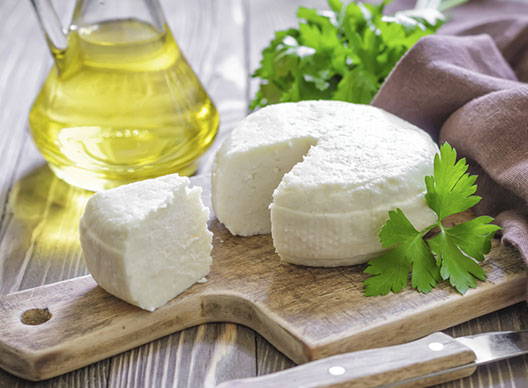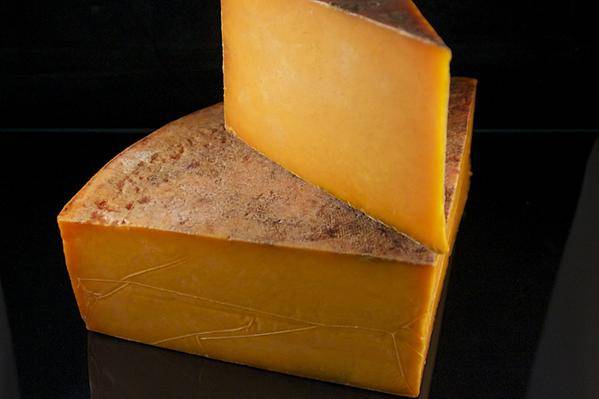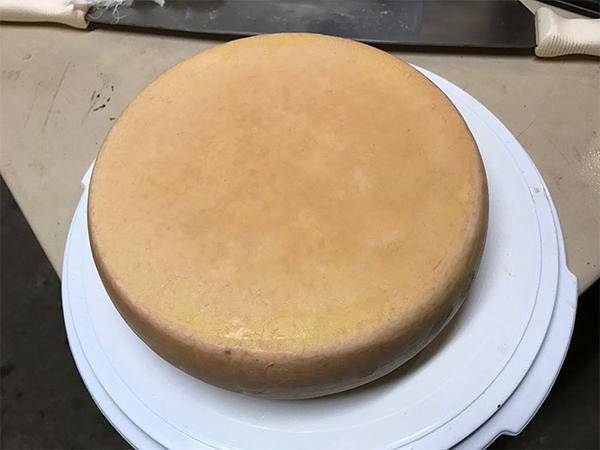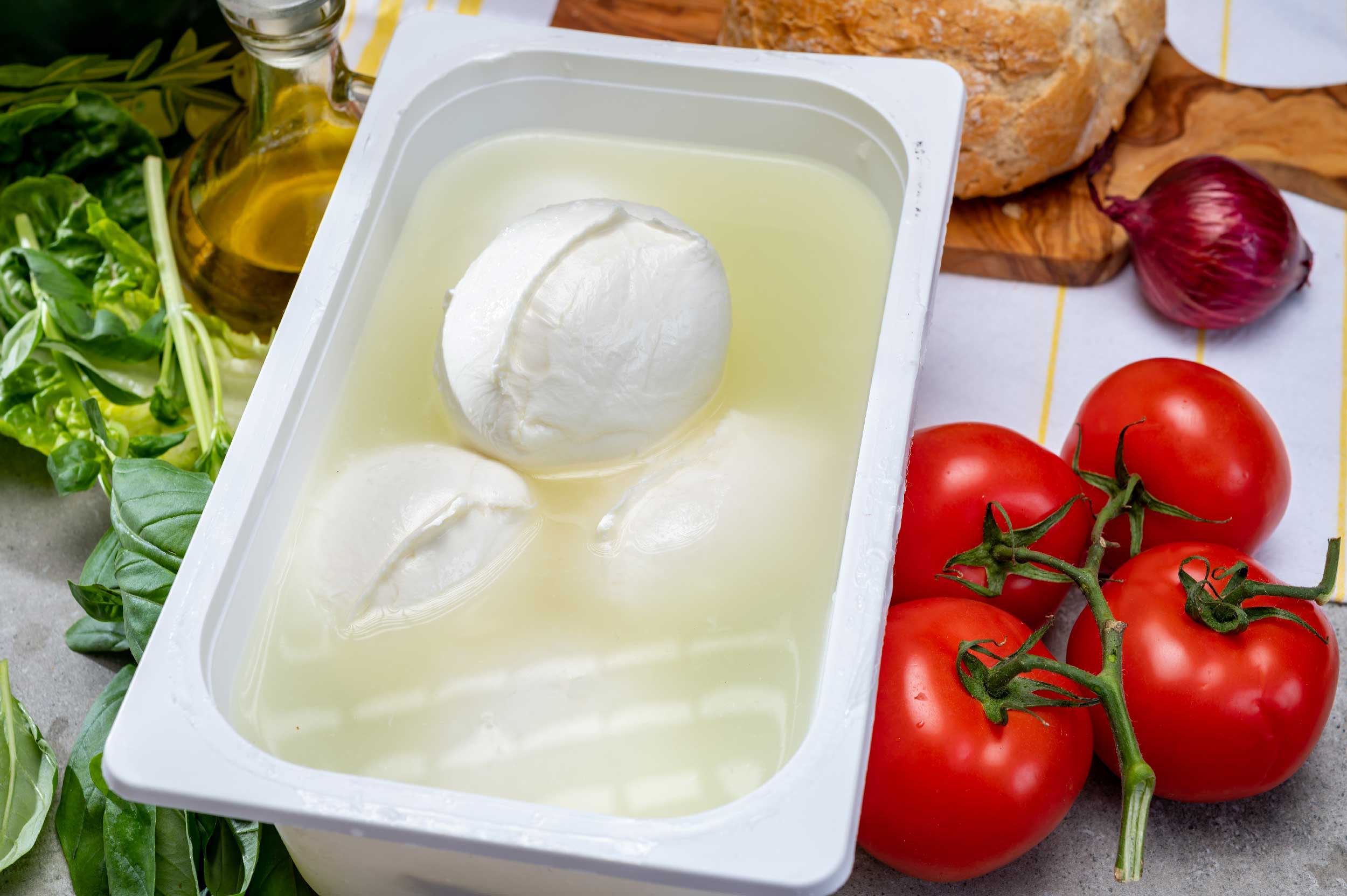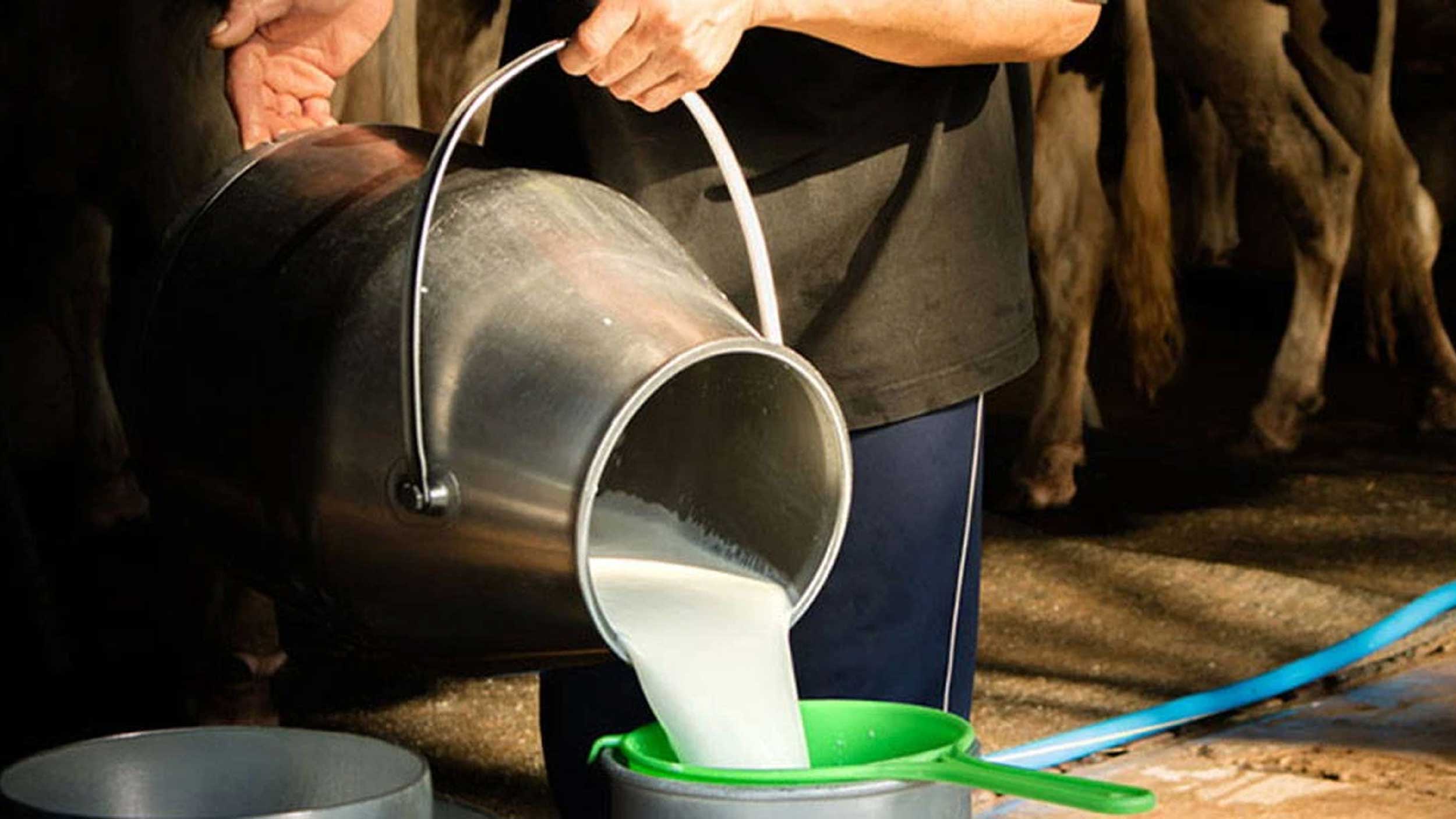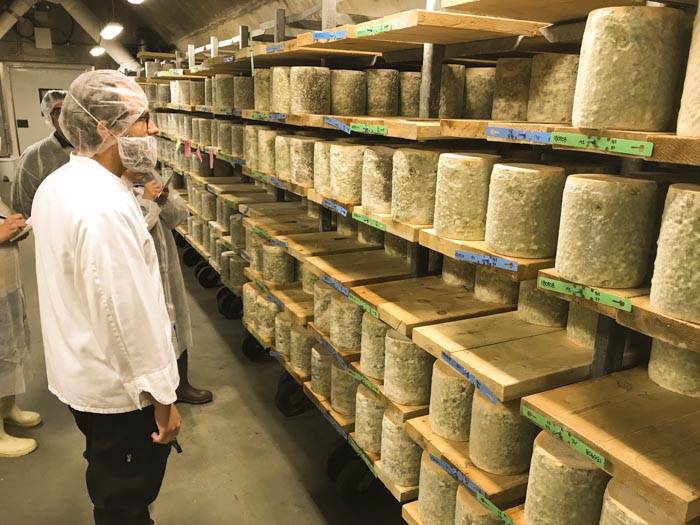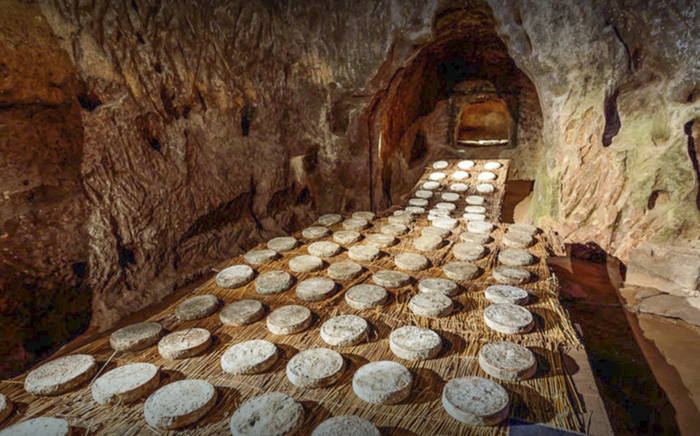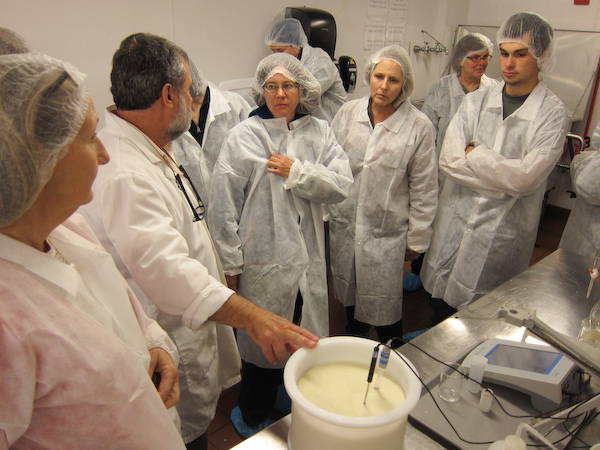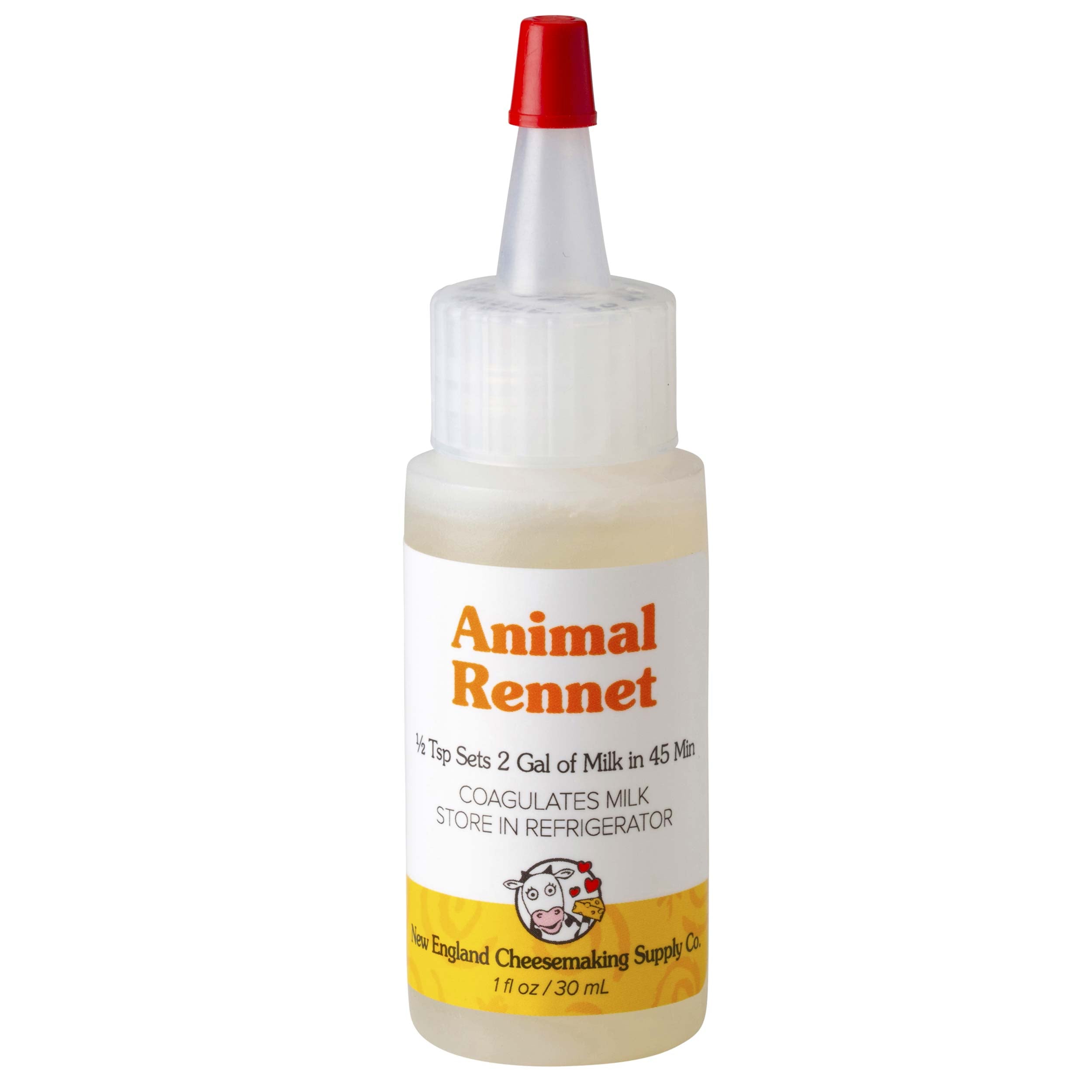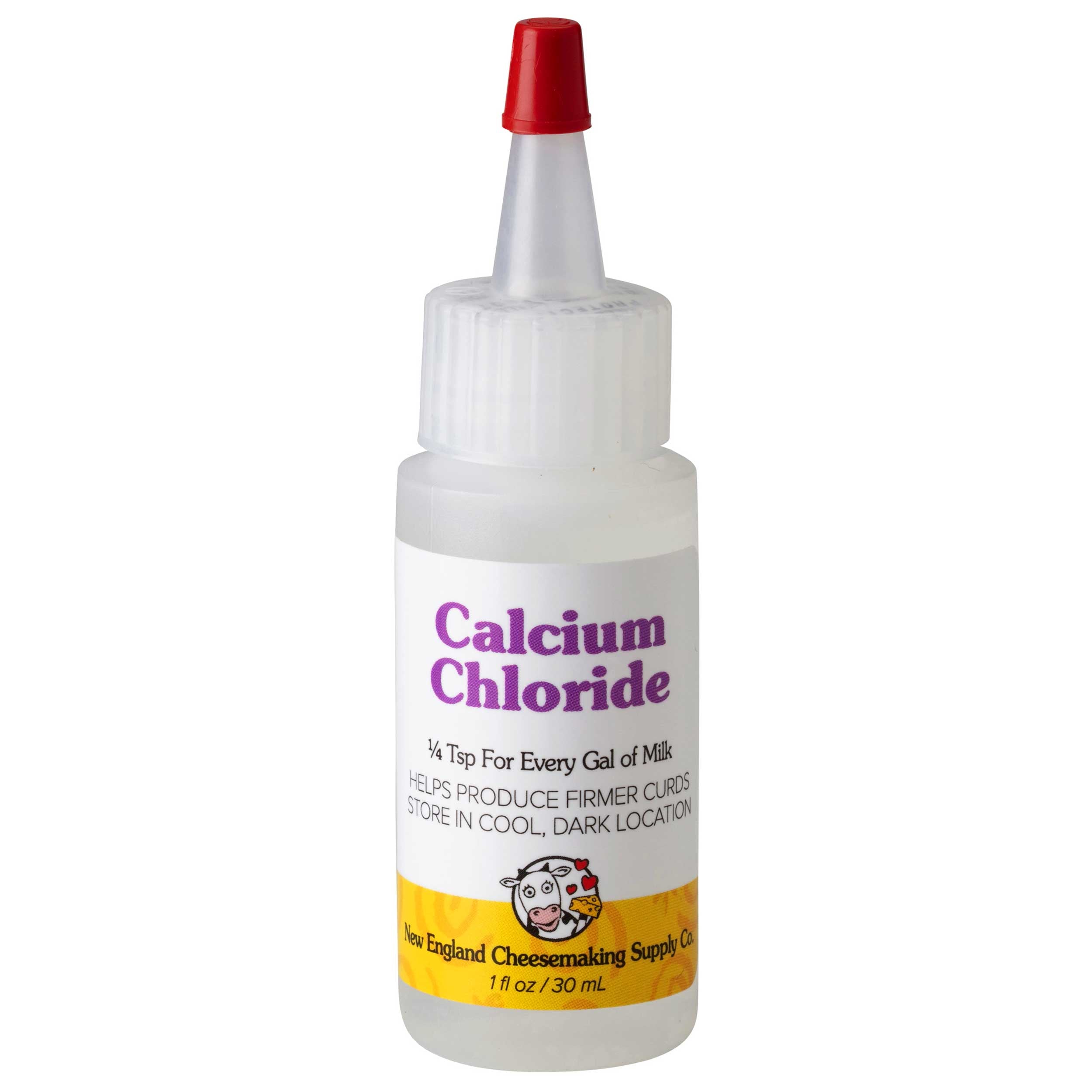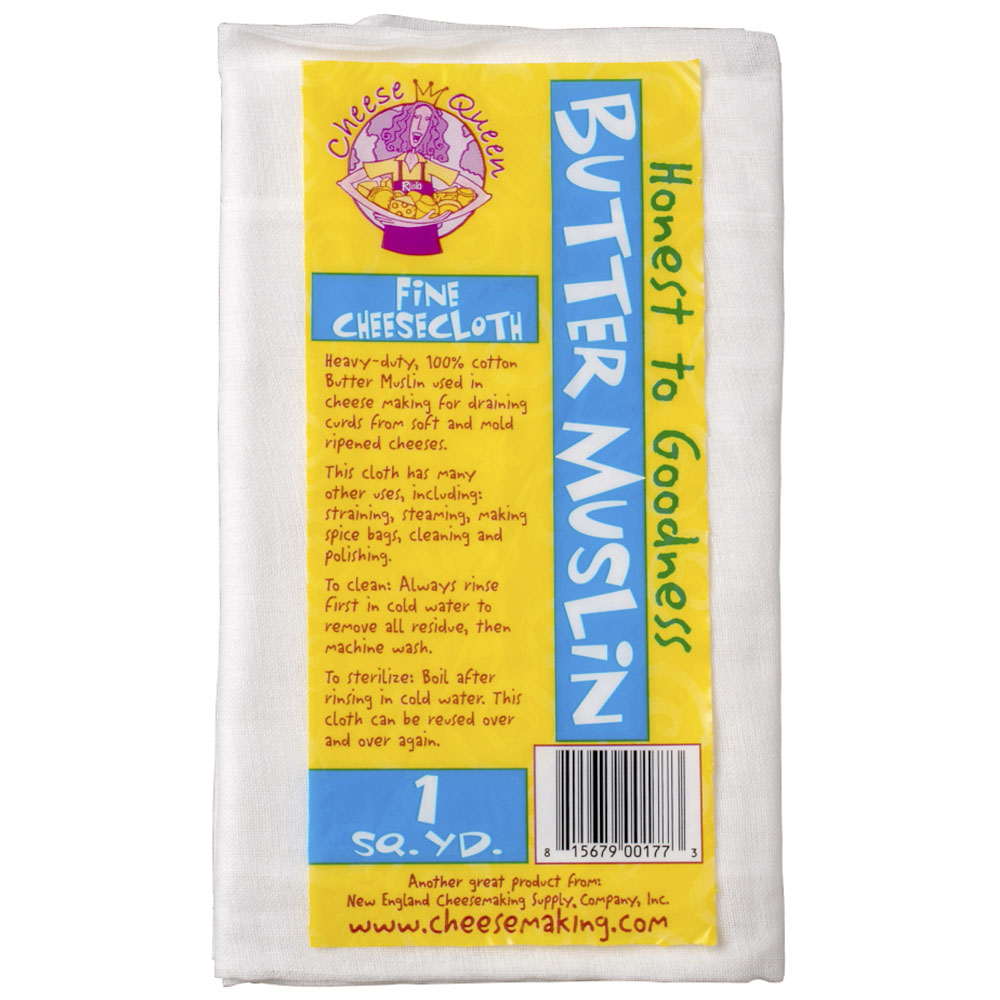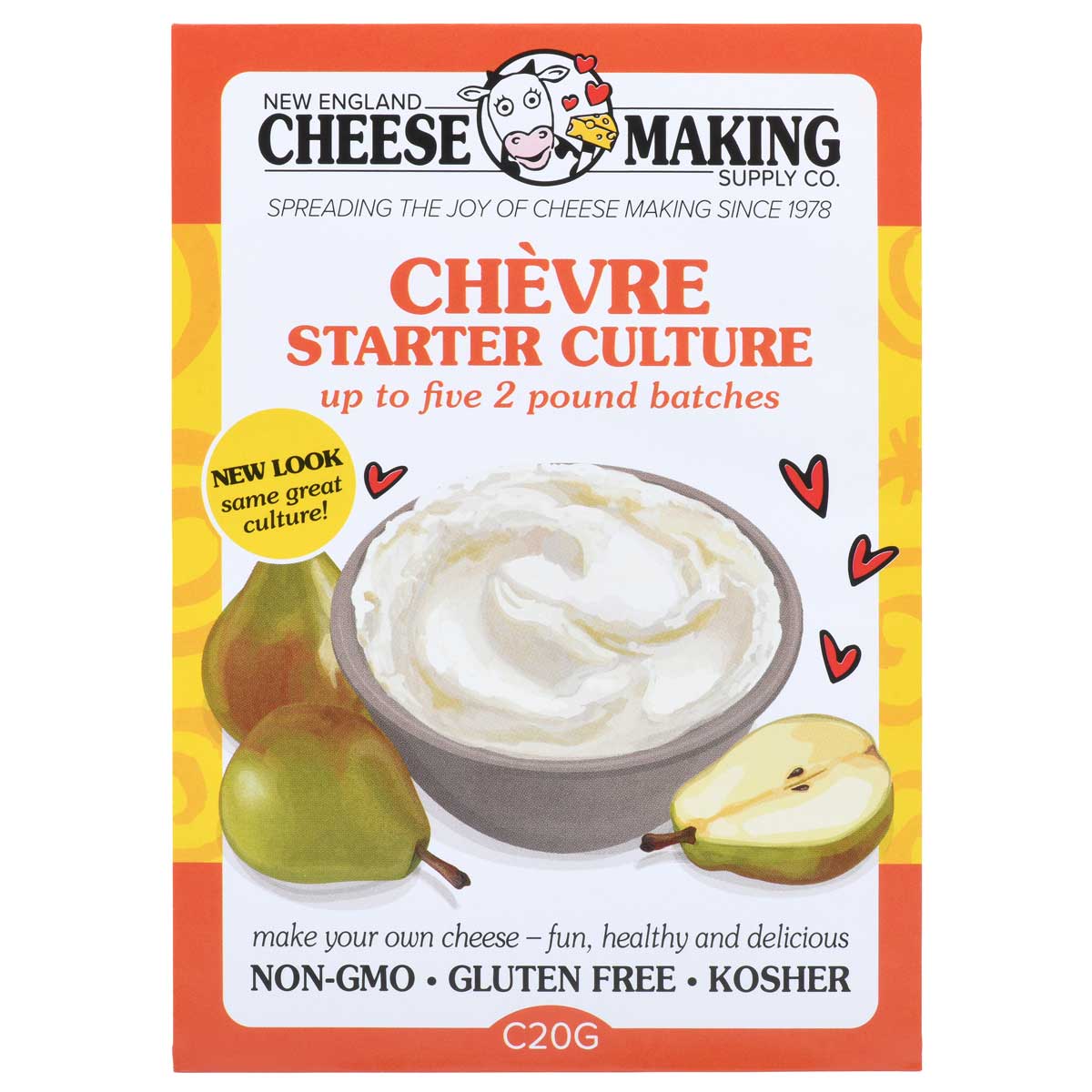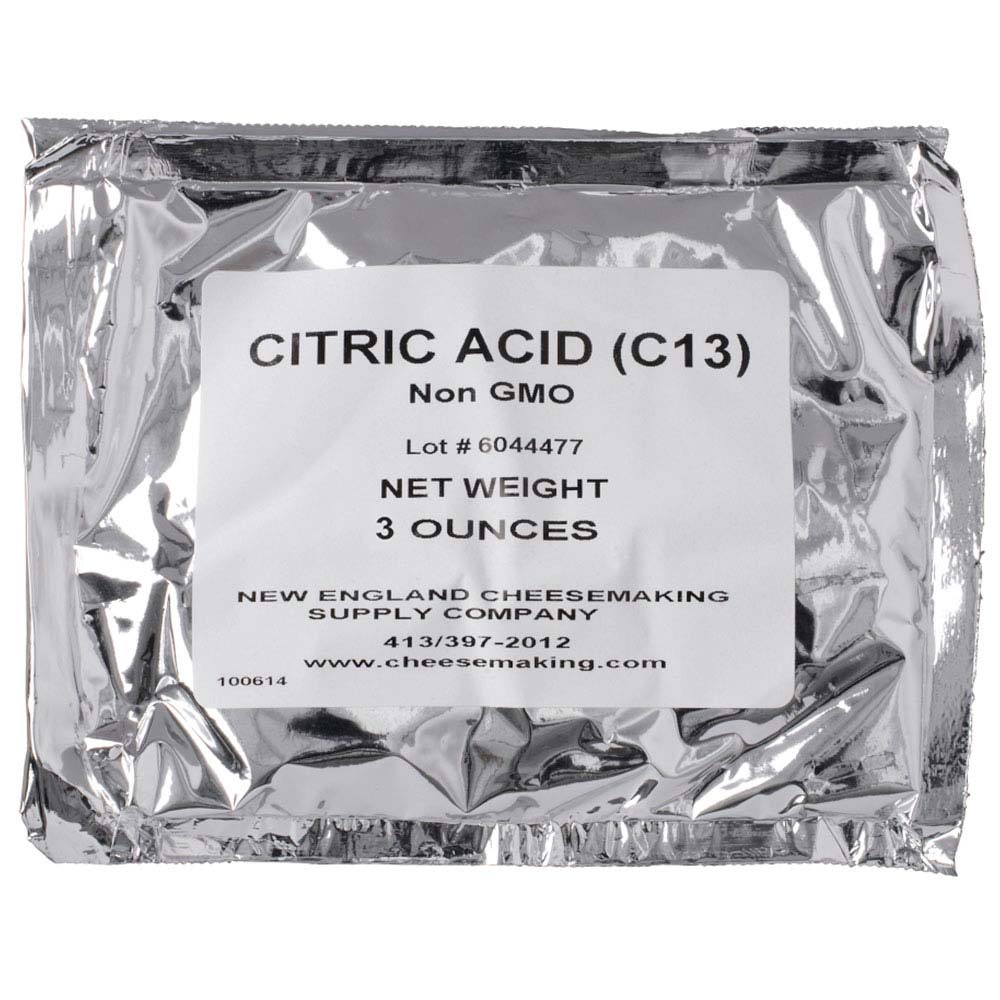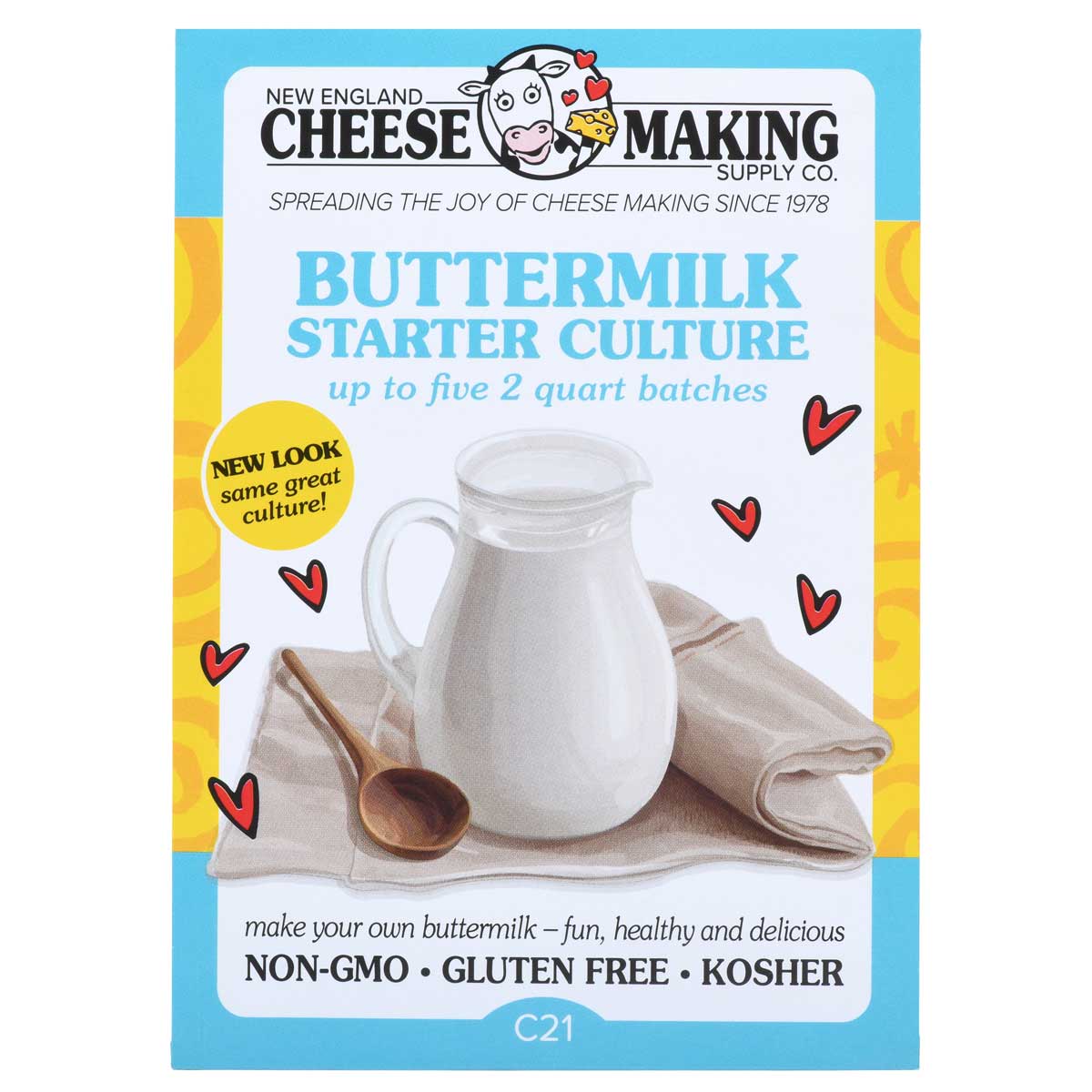Cheese Making Recipe of the Month
Lactic Cheese with Truffle Oil Recipe
For the past few months, we have been focusing on a lot of history and cheese, while bouncing around on a world tour of home cheese making.
Everyone seems to love this cheese making journey, but the process of aging may be a bit much for new cheese makers. So, in this recipe we'll simplify things by focusing on a simple cheese with an amazing infusion of truffle oil.
In this recipe you will not only learn how to make a fabulous cheese, you will also learn more about the broader field of cheese making and how flexible it can be.
Cheese Making Questions & Answers
Why are your directions different from all of the ones I find online?
Q. I just got my 30 Minute Mozzarella Kitand I want to make ricotta from the whey, however, your book Home Cheese Making says it cannot be done. Why are your directions different from all of the ones I find online that say it can be done?
A. The mozzarella kit is a process in which no culture is used to produce acidity. Instead, citric acid is added to the milk to provide this acidity. Therefore, the milk goes from being very sweet to it's final acidity for stretching the cheese. This means that any whey draining from the curds will already be too acidic to develop a good ricotta.
You have read about a different process in which bacterial culture slowly develops the acidity. In this case, the whey draining from the curds is taken off earlier in the process and is still sweet enough to form a good ricotta. They are two very different processes.
Is this what the curd should be like?
Q. I tried chèvre for the first time today. I used 1 gallon of raw goat's milk purchased at our local food coop. I added 1/8 tsp of calcium chloride and used a packet of chèvre culture. At that point, it was 82°F and I let it coagulate for 12 hours. By then, the final temperature was 70°F.
It had about an inch of whey on the top after 2 hours and the curd looked firm, but when I scooped it out, it seemed like ricotta, as compared to the curd I get when making other cheeses. Is this what the curd should be like?
A. Buying raw milk from a source that is more than 48 hours from the milking itself is usually problematic. This is normally the case with any off- the-store-shelf milk, since it takes longer than that usually. (It would be nice if they indicated milking dates.)
All fresh milk contains enzymes that remain active and begin working on the proteins as soon as the animal is milked. These proteins have a hard time holding together for a good period. The biggest sign of this is a weak and sloppy curd, as you describe.
My ricotta salata seems a bit overwhelming in saltiness.
Q. I tasted my ricotta salata at the 30 day interval and it seems a bit overwhelming in saltiness. At this stage, it's crusting over with salt on the outside, and pretty much tastes like a "block of salt."
I know that even it's name declares it as a "salted" cheese, but following one of the only instructions I could find written on this variety, I re-salted it and re-turned it for the first seven (7) consecutive days following molding/pressing, and stored it in my special cheese fridge all-the-while.
Do you think that was overkill on the salting (7 days worth)? Should it have been salted only once at the un-molding stage and then just turned and aged for 30 days as is?
A. Could be a couple of things:
Your salting sounds a bit overzealous. We usually recommend salting every other day for 7-10 days. (For a half to three quarter pound cheese, maybe 1/2 tsp each time.)
Also, the ricotta going into the form should have good moisture. Otherwise the salt does not form a brine and move into the cheese. Your salt crust may be an indication of this. If it seems too dry, perhaps you are cooking too long.
A good salata will never taste heavily salted.
Explain the best way to cut and store a cheese wheel?
Q. Would you kindly explain the best way to cut and store a cheese wheel?
A. That depends largely on what you plan to do with it once you cut it. Once a full wheel is cut, things become a little time sensitive because dehydration and mold growth will become your biggest problems.
For cutting the cheese, it depends upon how large the cheese is and how much moisture it contains. High moisture cheeses of moderate size can be cut with a cheese wire, but drier cheeses will need a heavier tool like a two-handled knife. Cut size depends on where it's going.
Another big consideration is how to protect it before it is used by you or sold. Short term, you can use a simple cheese wrap, but for the longer-term, it needs something that will block moisture loss and prevent mold from growing. This is usually a vacuum packing of some sort.
Have a cheese making question, we're here for you: info@cheesemaking.com
Meet a Fellow Cheese Maker
Tim and Carolyn Armstrong in Eugene, Oregon
Tim had to convince Carolyn that they could make their own cheese because it seemed whey too difficult when they first looked into it.
Of course, she soon realized just how easy it is, and now they're full partners in the art of creating cheese.
They are planning to specialize in the cheeses of Turkey, because they lived there for many years. They loved the soft, white cheeses so much that they are now researching how to make them. Soon, they will be sharing the recipes with us!.
News From Fellow Cheese Makers
Controlling Milk Temperature
For those who might want to have temperature control on a smaller scale than Steve Benner's setup, I recently did a make of feta using a Joule sous vide circulator in a roasting pan, with my one gallon pot set in that.
Brian Weiss, Pasadena, California
Making Quark for the Budwig Protocol
I make quark at home and use it to make Budwig cream for the Budwig Protocol.
I use The New England Cheesemaking Supply Company Fromage Blanc (C20) starter culture and just follow the simple instructions on the packet. On average, I make a one gallon batch of quark cheese two to three times a week.
The Budwig cream recipe calls for 6 tablespoons of quark and 3 tablespoons of flax seed oil per serving. The two ingredients must be thoroughly emulsified with an immersion bender.
This is our midday meal every day that we are at home at lunch time. With the Budwig cream, we have a variety of fruits, nuts and seeds.
Today, for the fruit it was Pacific Coast Wild Himalayan blackberries and organic transparent apple sauce from the tree in my sister's backyard. The other ingredients are almonds, sesame seeds, pumpkin seeds and chia seeds.
Anyone who has cancer, has had cancer, or knows someone who has cancer should check out the link
http://www.budwigcenter.com
Ed Curylo, Surrey, British Columbia, Canada
Gin's Mini Cheesecakes
Here is my recipe for mini cheesecakes:
- 2 x12 muffin pans with liners
- 24 cookies
- 3 x 250g (8 oz) cream cheese, room temp
- 1/2 c brown sugar
- 3 eggs
- 1 tsp vanilla
Place cookie in bottom for crust (Oreo, Nilla wafers, or shortbread work well)
Beat the cream cheese and sugar.
Add eggs one at a time, mixing well after each. Add vanilla and mix.
Spoon into muffin liners.
Bake 350F for 15 mins until puffy, not firm.
Carefully remove from pan and cool on rack, then chill and serve!
Gin Lupton, Kingston, Ontario
Lesley's Ricotta Cream Filling
I own a small bakery in Brantford, Ontario, and we always use ricotta cheese to make a cream filling. We've used it in cakes, cannoli, in a tart with fresh berries and chocolate, and in a parfait! It is, obviously, a very versatile recipe, and it's truly very simple!
Basically, all ingredients get whipped up in a blender, stand mixer, or food processor.
You add:
1 cup ricotta cheese, 2 tablespoons honey, zest of 1 lemon (we usually add some of the juice to aid with preserving the shelf life, naturally), and simply mix it until smooth.
The recipe is extremely versatile, and can be modified by adding extracts (vanilla, almond, etc), by adding orange zest instead of lemon, adding cinnamon, allspice, maple syrup, etc! You get the idea!
It isn't a "wow"- ing recipe, but it is superb, and we love how you can add just about anything to it!!!
Lesley Lloyd,Brantford, Ontario
Please send your cheese making news & photos to: moosletter@cheesemaking.com






























